After the 1969 Moon landing, it was clear that the USSR was lagging miles behind the US in advanced aerospace technology. Something had to be done, to at least slightly reduce the technology gap between the two nations. Luckilly, some Soviet engineers were already developing a manned spy satellite, an analogue to the West's Gemini MOL (Manned Orbiting Laboratory). It was called the Almaz program - and engineers and scientists believed that they could convert it into a civilian space station program. Salyut was born.
The first station of the program, the Salyut 1, launched on a Proton-K rocket, in 1971. It was the world's first ever space station. Its design was visibly rushed to meet time constraints imposed by the contractor. It used the propulsion segment borrowed from a Soyuz, and its solar arrays were also taken from the Soyuz/Progress family of spacecraft. Needless to say, those weren't nearly enough to power all the systems properly. It was only occupied for 24 days, by the ill-fated Soyuz-11 crew (Soyuz 10 had visited the station before but were unable to achieve a hard-dock). Lessons learnt from the station were incorporated by the later designs of Salyut stations.
Salyut 2 and 3 were total failiures. Salyut 2 (OPS-1) was an Almaz-type station, a military photoreconaissance manned station. The third stage of its launcher exploded, causing a hull breach, and tearing the solar panels away. Salyut 3 was lost on launch.
Salyut 4 was a backup for the Salyut 3. It was a complete success. Its primary difference from the Salyut 1 was its power system. It used 3 large solar wings instead of 4 tiny, Soyuz-derived panels. It was occupied for 92 days by 3 crews, doing science, primarily X-Ray astronomy and heliophysics.
GENERAL INFO
- Created On: Windows
- Game Version: 1.3.204.1
- Price: $2,610k
- Number of Parts: 212
- Dimensions: 14 m x 4 m x 4 m
PERFORMANCE
- Total Delta V: 825m/s
- Total Thrust: 3kN
- Engines: 2
- Wet Mass: 18,182kg
- Dry Mass: 11,672kg
STAGES
| Stage | Engines | Delta V | Thrust | Burn | Mass |
|---|---|---|---|---|---|
| 1 | 1 | 825m/s | 3kN | 1.14hours | 18,182kg |

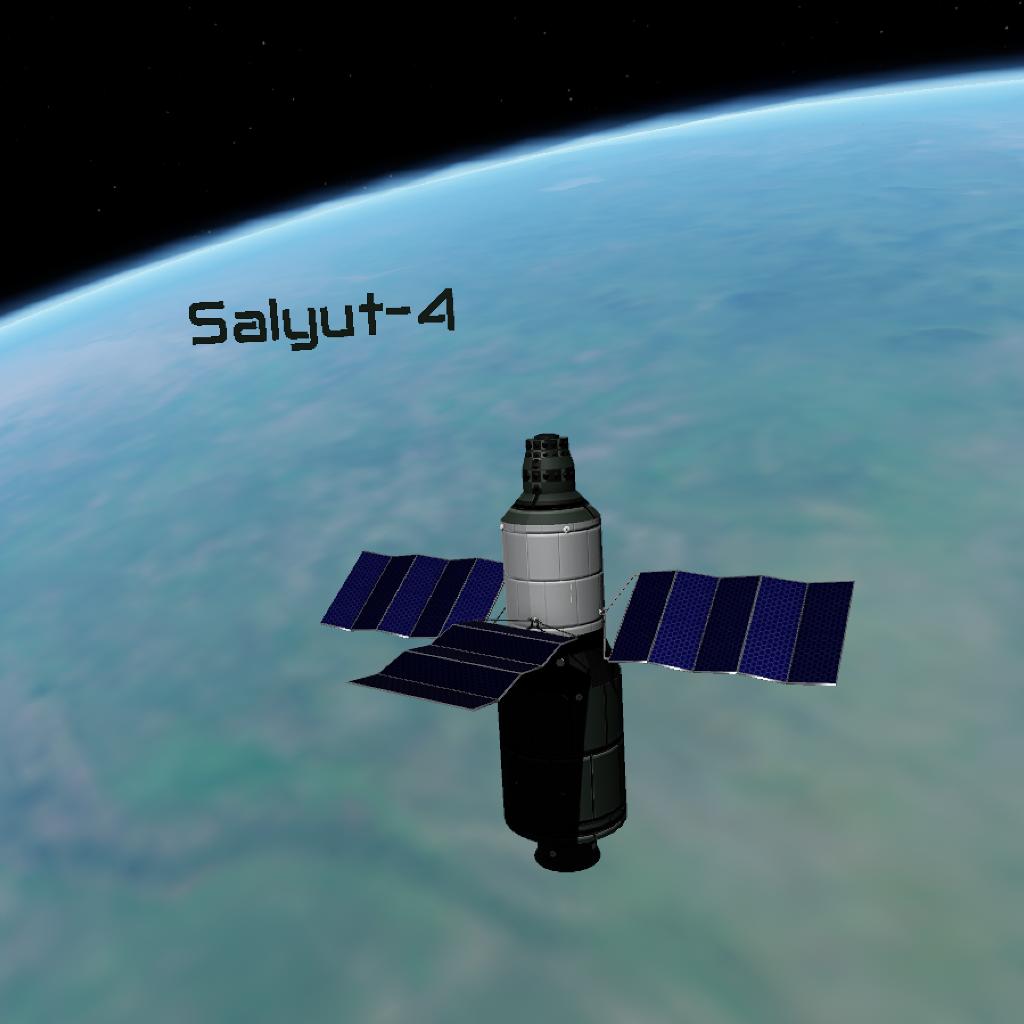
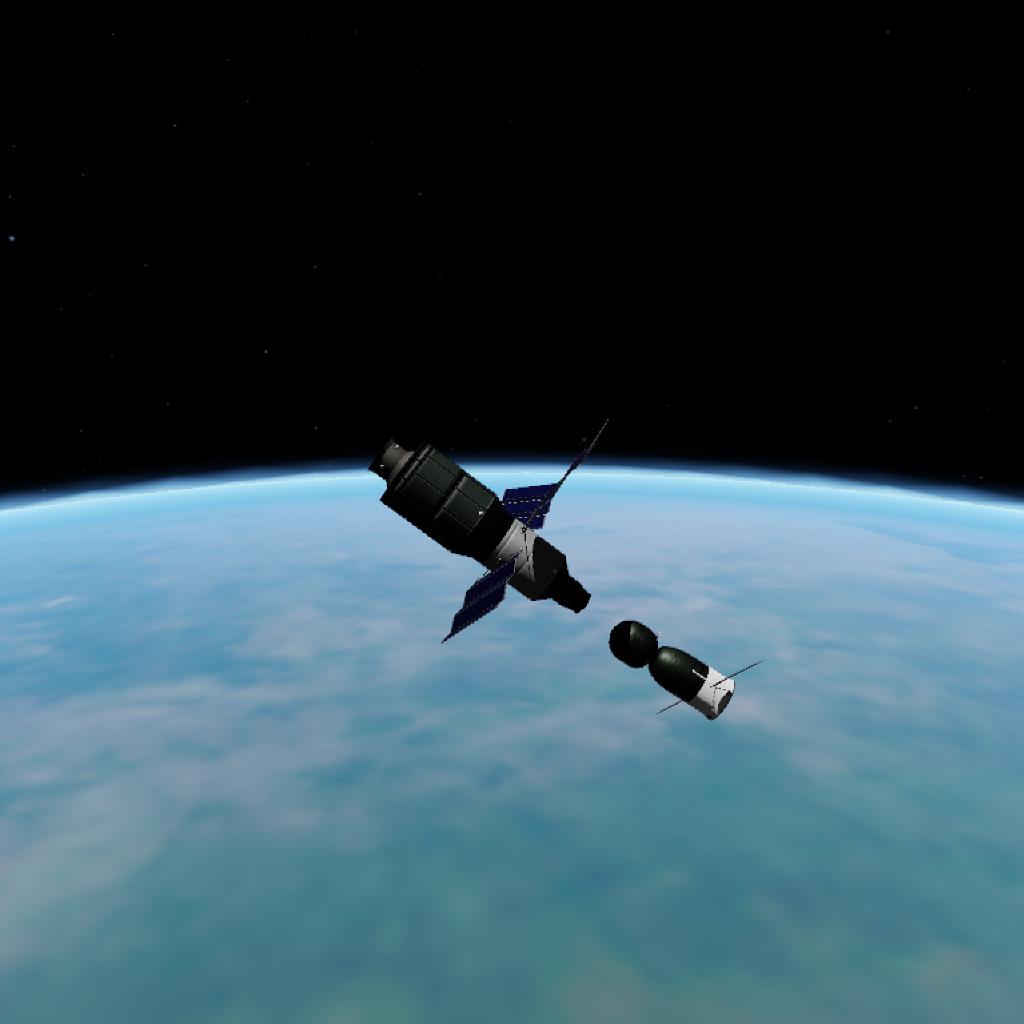
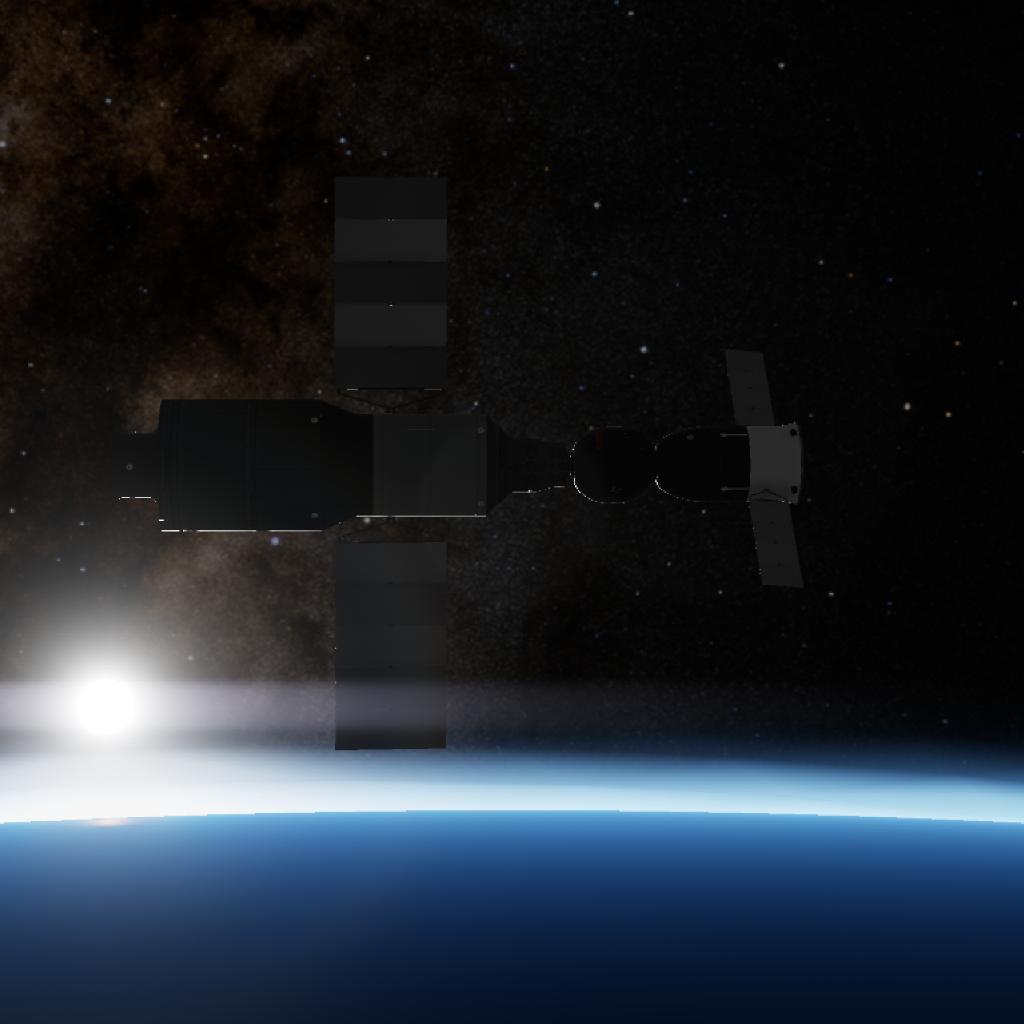
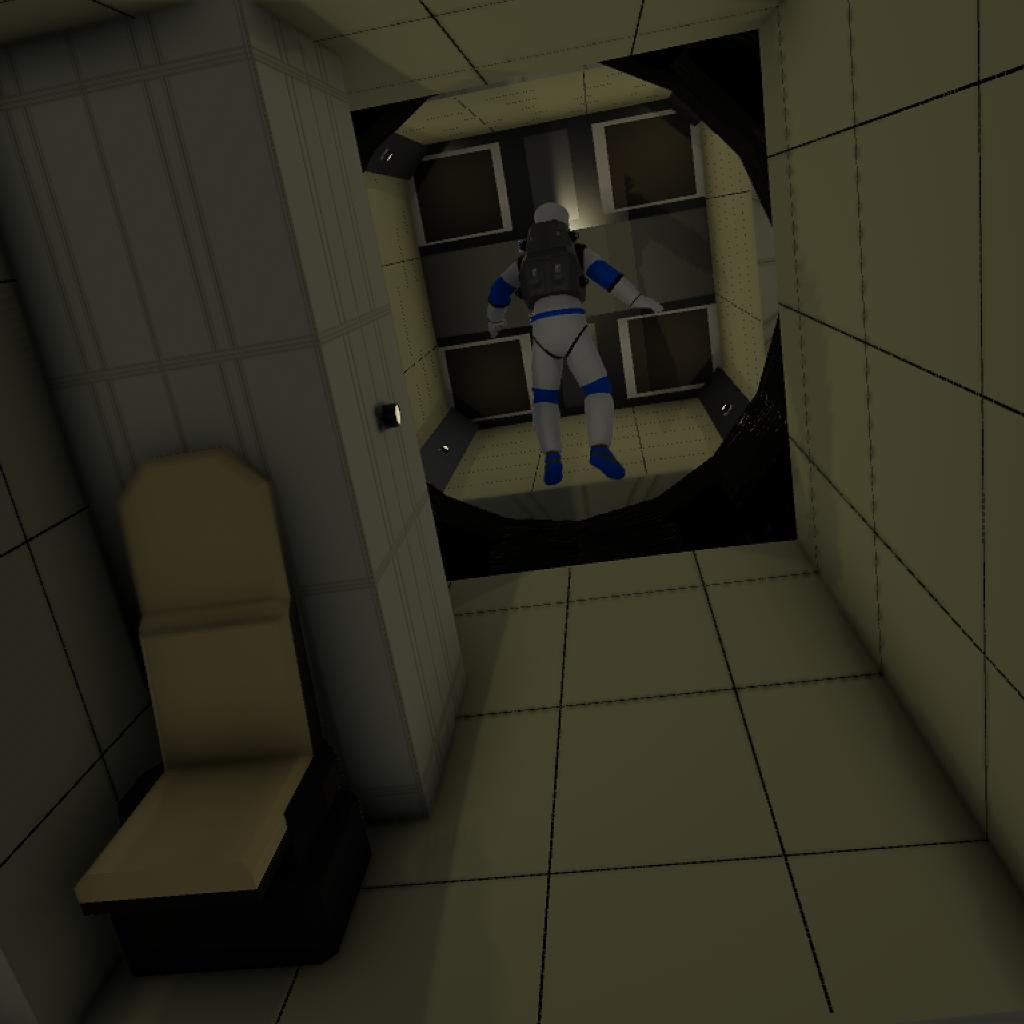
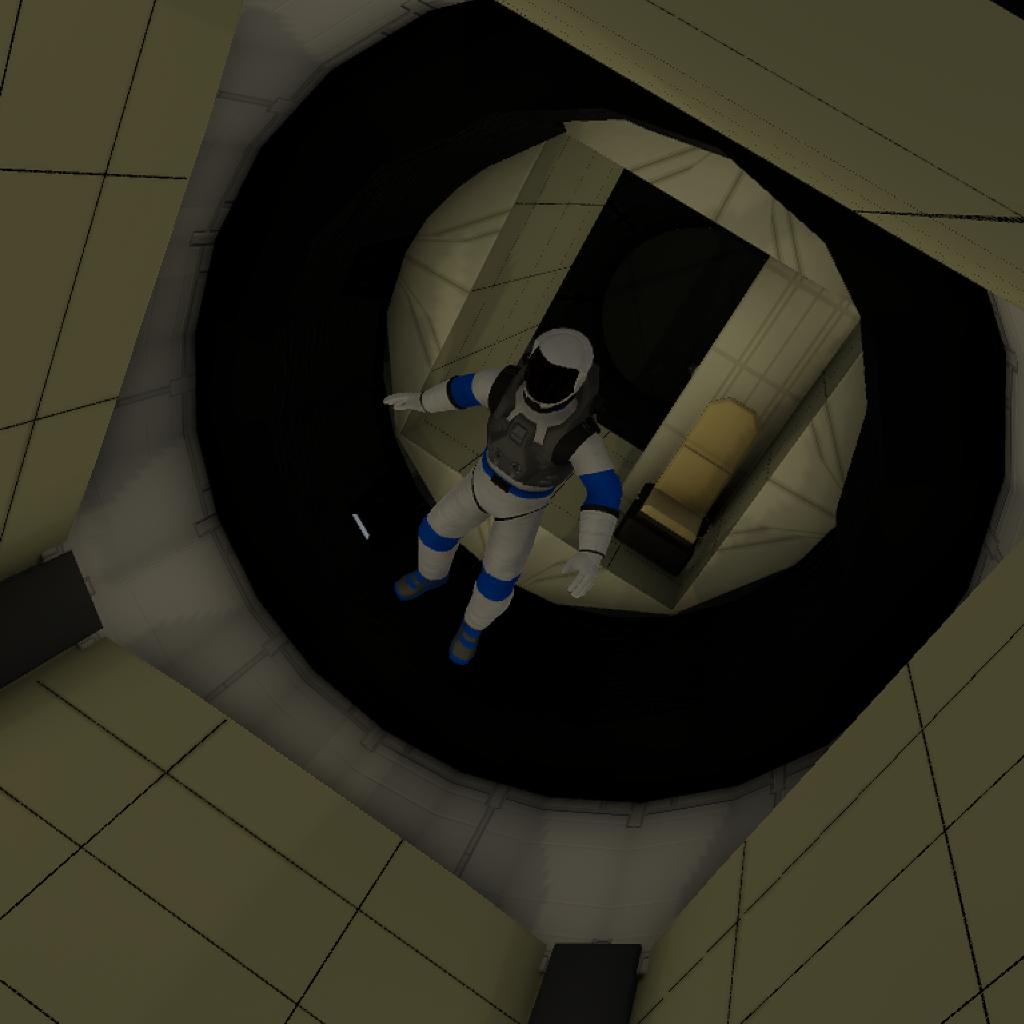
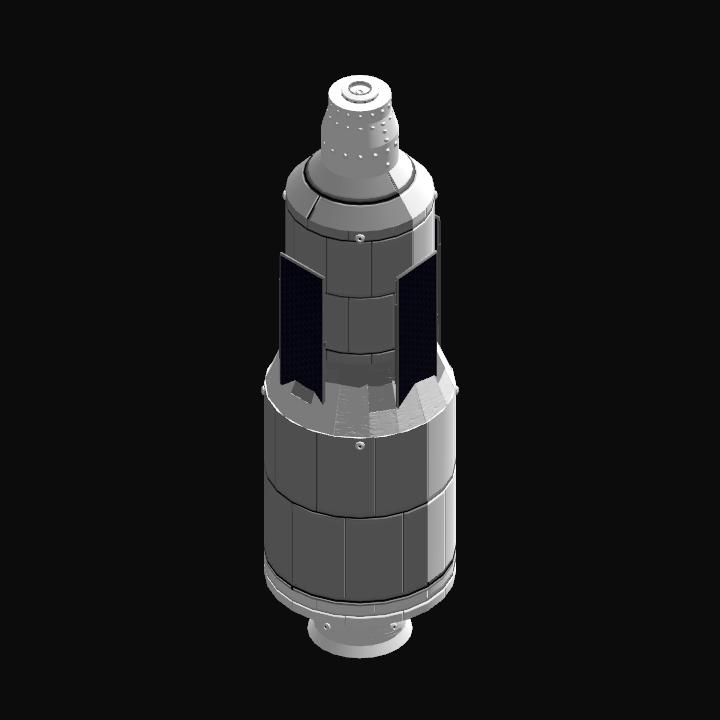
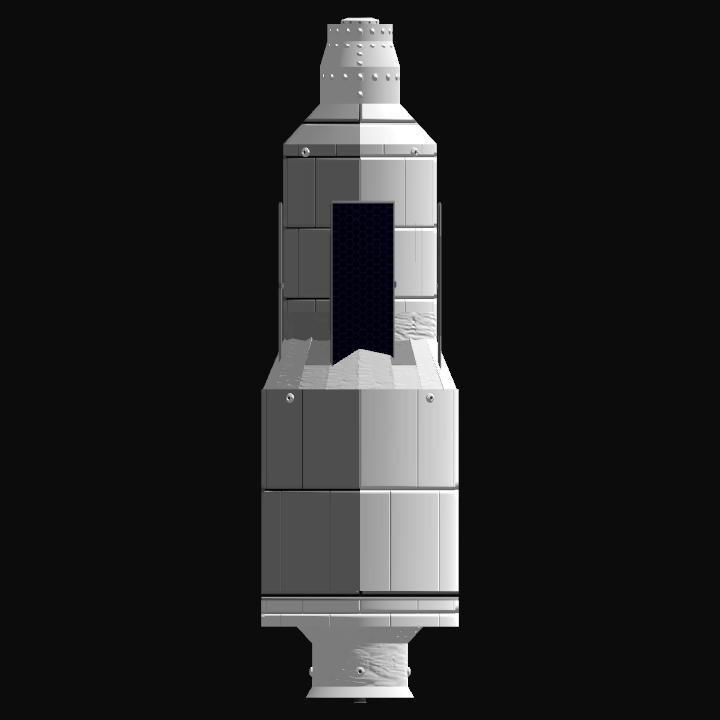
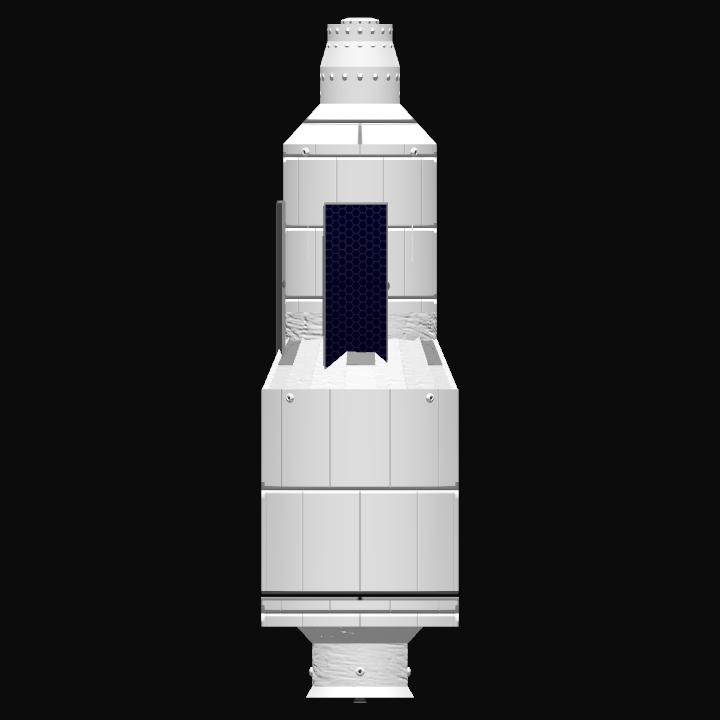
Nice